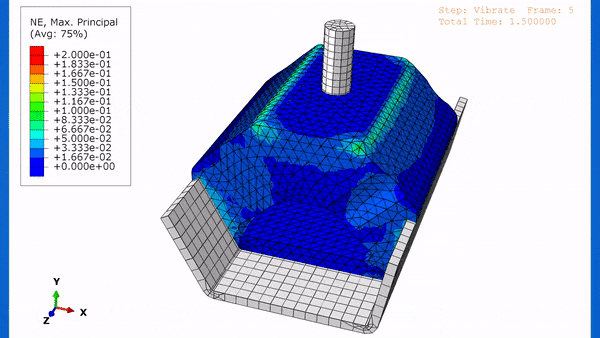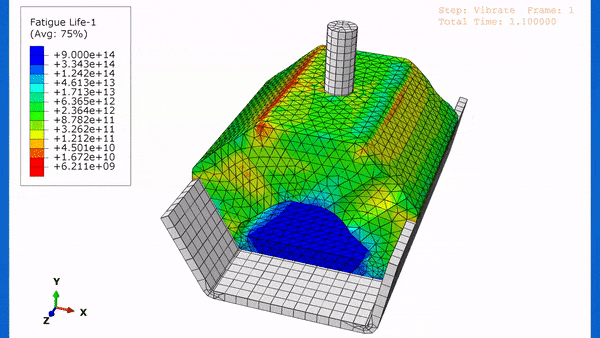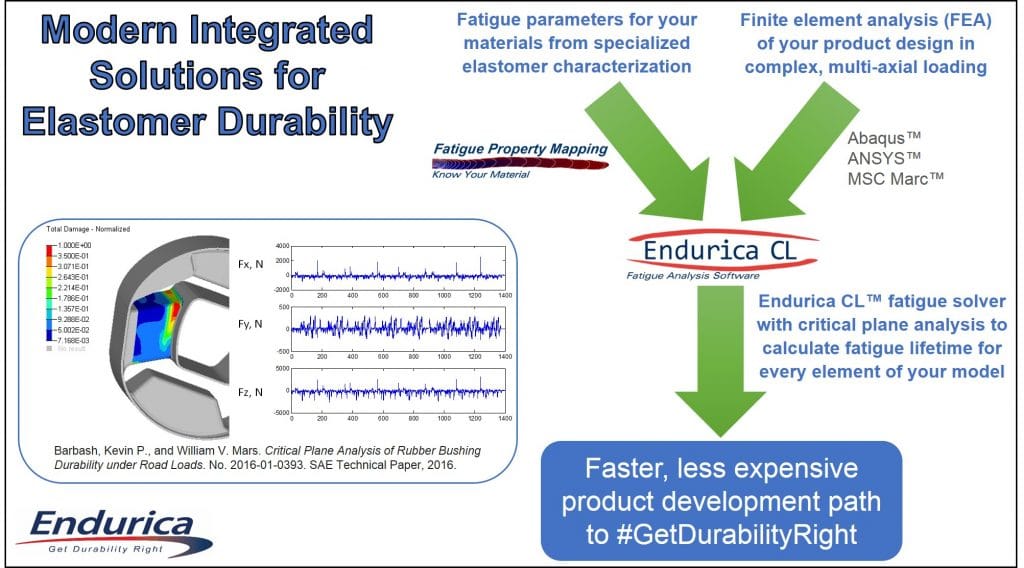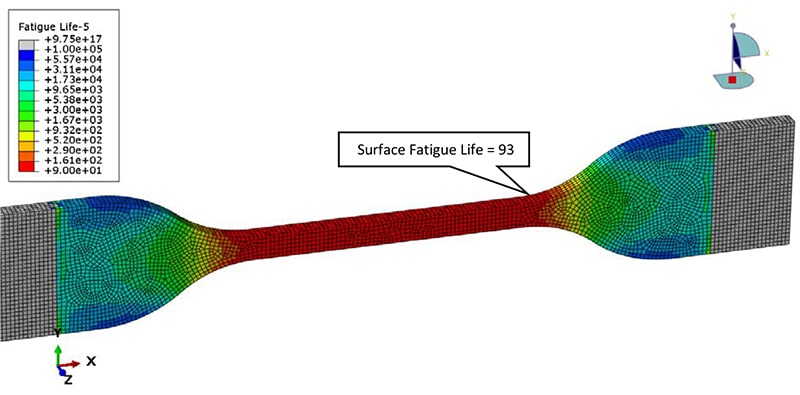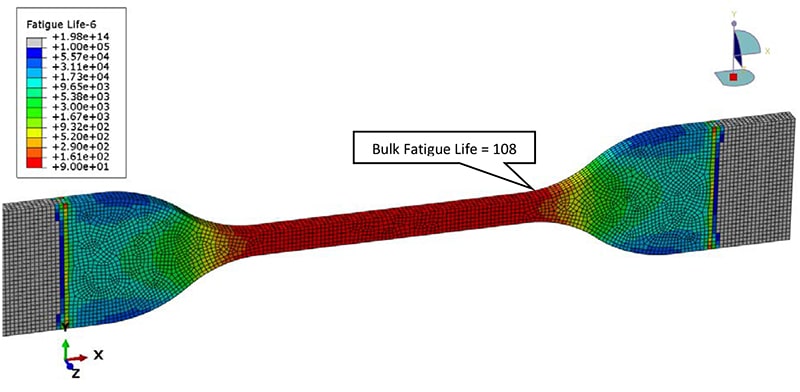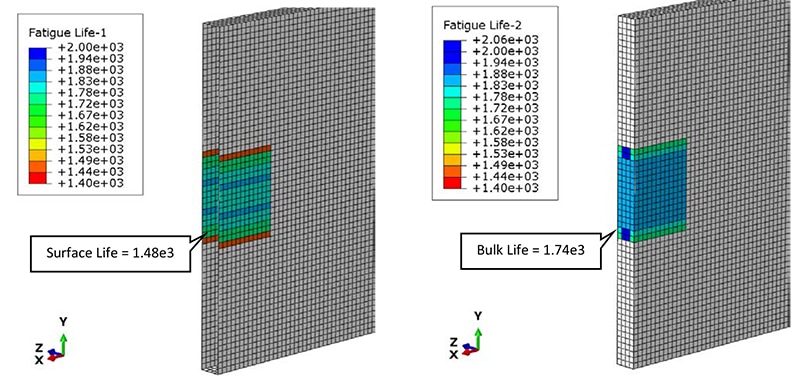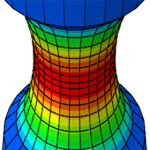 When you have an unmet simulation or testing need, should you build or buy the capability?
When you have an unmet simulation or testing need, should you build or buy the capability?
There are testing instruments and software packages available in the market – which have been improved through years of R&D and quality management – that can meet the needs of a technical team in their product development efforts. Despite these turn-key resources, we sometimes see a company tasking some of its engineers to build their own.
Why does this happen?
Companies hire smart and creative engineers and scientists with advanced degrees to populate their R&D centers. It is common, and even expected in many situations, for a graduate student to create customized equipment or software as a part of a Ph.D. or M.S. research project. Pushing the boundaries of science and technology often requires such development of devices or code. Also, limited research funding in academia can force students to build their own equipment. When young engineers start their industrial careers after graduate school, they carry with them the mindset of building and programming things themselves. These individuals excitedly offer to create when a new analysis or measurement need arises within a company, and managers like to encourage the enthusiasm of their technical staff.
But, even if your sharp engineer can build a DIY testing device or computer program that recreates the state-of-the-art commercial products created by teams of engineers across many years, is this an efficient and strategic use of the engineer’s abilities? If your company makes tires, for example, then shouldn’t you have your smart people focused on making better tires rather than making testing instruments or software? What are the labor costs, and the opportunity costs, of your highly-skilled engineer building a piece of testing equipment compared to the price of the commercial instrument or relative to the return you could make on an actual improvement to your product? Unless you are in a position to surpass the commercial solution, there is no competitive advantage in the DIY solution. Once you have created your own solution, who will maintain and support it? Will you be able to keep it up to date with advances in technology? Do you have the capabilities and resources to validate your solution more strongly than the market has already validated the commercial solution?
Through my 15 years of experience in materials research and development in the tire and rubber industry, I have seen several pieces of home-built testing equipment collecting dust within companies. Either they were half finished and abandoned or could only be reliably operated by the creator who moved to another department or company.
There can be circumstances where the needed instrument or simulation product is not commercially available. Sometimes the capability exists in the marketplace, but it is not discovered because the maker mindset leads to a halfhearted search. For customized solutions, you may consider working with a vendor to leverage their expertise in creating the required device or program.
If your analysis and testing needs are in the rubber fatigue and lifetime area, please talk to us before you decide to invest in creating your own solutions. Our solutions embody decades of experience. They are the most competitive and strongly validated solutions you can buy. Endurica has specialized finite element analysis software that predicts elastomer durability for complex geometries and loads, and we offer testing instruments for accurately characterizing the fracture mechanics of elastomers through our partnership with Coesfeld GmbH & Co. KG. We can take you quickly to the forefront of fatigue management capabilities.


